All for one and one for high energies
Two new papers on nonlinear optical phenomena.
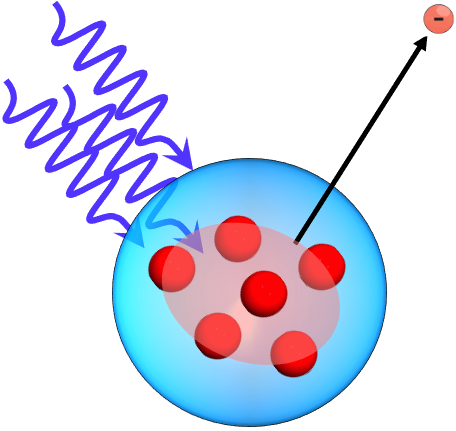
Nonlinear optical phenomena usually occur when matter interacts with intense radiation. An extreme example of nonlinear optics is the generation of high-order harmonics (HHG) in rare gases, which is currently being used in many laboratories as a method for generating ultrashort pulses in the extreme ultraviolet (XUV) spectral region. Such pulses are very useful for time-resolved XUV spectroscopy and for attosecond science. However, the conversion efficiency of the fundamental wave into high harmonics using dilute gas targets is notoriously low. Therefore, new HHG schemes and more dense condensed phase targets are being extensively researched.
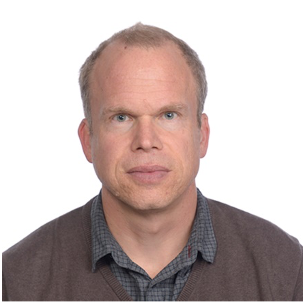
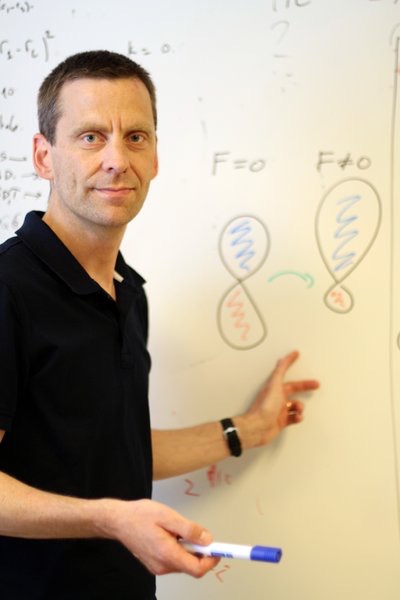
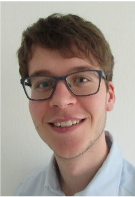
The three authors from IFA: Marcel Mudrich, Lars Bojer Madsen and Jacob Dall Asmussen. Photos: IFA.
Another nonlinear phenomenon which is closely related to HHG is the emission of energetic electrons by the absorption of multiple photons by one atom far above the ionization threshold (ATI). Several attempts have been made to enhance the yields and energies of emitted photons and electrons by HHG and ATI, respectively, using clusters and nanoparticles because of their higher local density. However, only weak enhancements have been realized to date.
In a joint experimental and theoretical study, Marcel Mudrich, Lars Bojer Madsen and a team of international researchers from Italy, Germany, Sweden, USA, and Kuwait have now demonstrated that the energy of electrons emitted by ATI can be drastically enhanced when using helium nanodroplets that were resonantly excited prior to ATI. This experiment was carried out at the free-electron laser facility FERMI in Trieste, Italy, because XUV pulses are needed to optically excite helium. The surprising finding was that ATI is maximally enhanced when about 1 % of the atoms in the helium droplets were excited into metastable states. The good agreement of the experimental data with a simple model indicates that ATI is enhanced by a collective coupling between excited atoms in one droplet. While the exact coupling mechanism remains to be worked out, it appears that the energy absorbed from the driving laser pulse by all excited atoms is channeled into only one which then emits a high-energy electron. If a similar enhancement occurred in HHG, this might open up a new route for generating high-energy photons more efficiently than what is possible today.
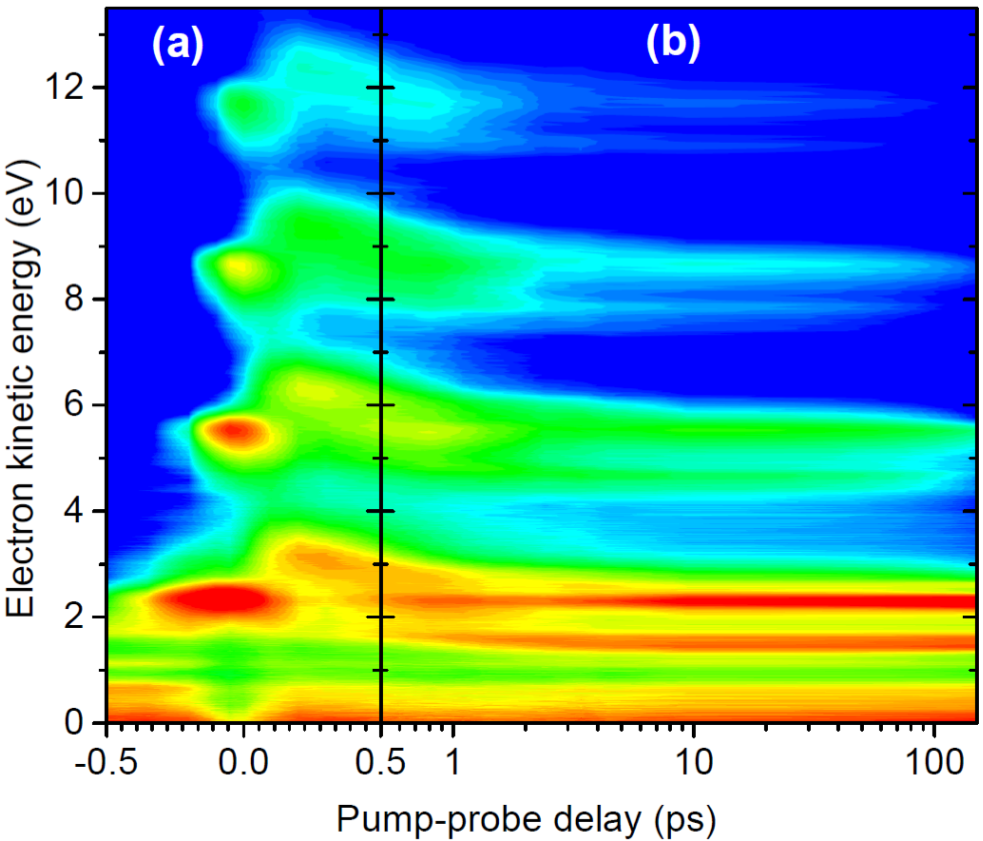
From the paper in PRL is shown the ATI-signals (the repeated horizontal subjects at 2, 5, 8, 12 eV) and the relaxational dynamics (the signal developments as a function of the pump-probe delay, this being exactly the subject of the PCCP paper.
In a joint experimental and theoretical study, Marcel Mudrich, Lars Bojer Madsen and a team of international researchers from Italy, Germany, Sweden, USA, and Kuwait have now demonstrated that the energy of electrons emitted by ATI can be drastically enhanced when using helium nanodroplets that were resonantly excited prior to ATI. This experiment was carried out at the free-electron laser facility FERMI in Trieste, Italy, because XUV pulses are needed to optically excite helium. The surprising finding was that ATI is maximally enhanced when about 1 % of the atoms in the helium droplets were excited into metastable states. The good agreement of the experimental data with a simple model indicates that ATI is enhanced by a collective coupling between excited atoms in one droplet. While the exact coupling mechanism remains to be worked out, it appears that the energy absorbed from the driving laser pulse by all excited atoms is channeled into only one which then emits a high-energy electron. If a similar enhancement occurred in HHG, this might open up a new route for generating high-energy photons more efficiently than what is possible today.
Besides this promising outlook, the time-resolved ATI electron spectra revealed a complex interplay between several ultrafast relaxation processes occurring in resonantly excited superfluid helium droplets, including intra- and interatomic autoionization, electronic relaxation, and the ejection of excited helium atoms. The latter have recently been described in more detail by Jakob Dall Asmussen and Marcel Mudrich in a publication that was selected as a 2021 HOT PCCP Article. This work was carried out thanks to a Distinguished Associate Professor Fellowship that Marcel received from the Carlsberg Foundation.
The papers are available here (PRL) and here (PCCP).
